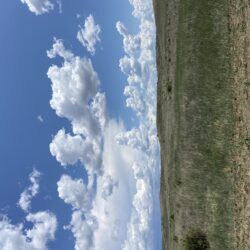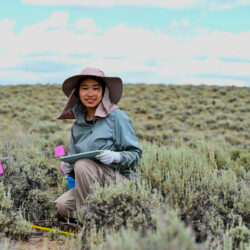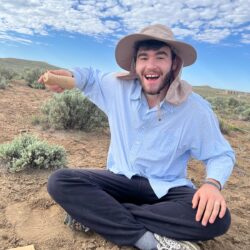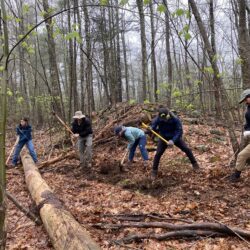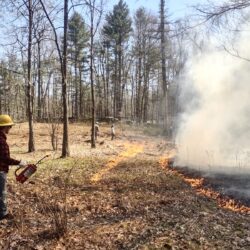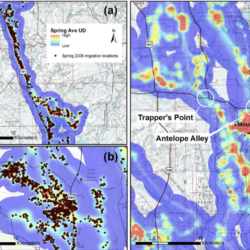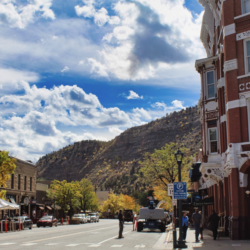Estimating Herbaceous ANPP with the Monteith Model: Filtering Shrubs Using STL—Jianing Tian
Over the past few months, I have been working on the estimation of aboveground net primary production (ANPP) of herbaceous plants in the Jonah Field, Wyoming. To achieve this, I applied the Monteith model, which relates plant productivity to absorbed photosynthetically active radiation (APAR), incident solar radiation (PAR) and radiation use efficiency (RUE). Specifically, I Read more about Estimating Herbaceous ANPP with the Monteith Model: Filtering Shrubs Using STL—Jianing Tian[…]



